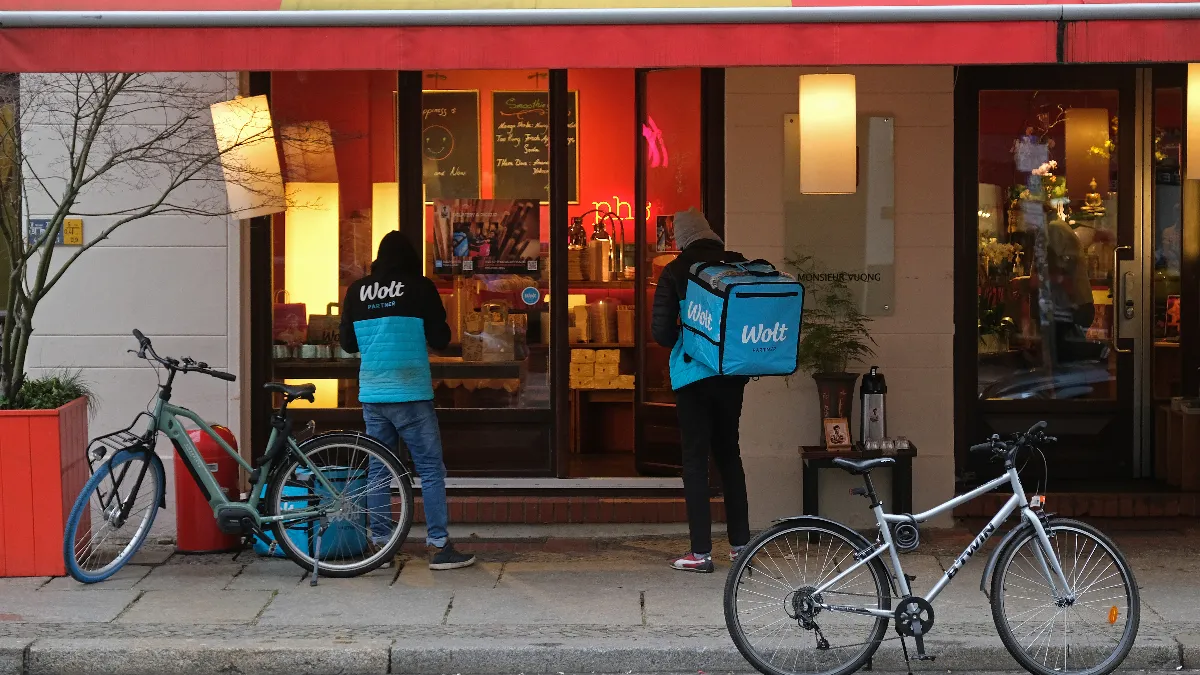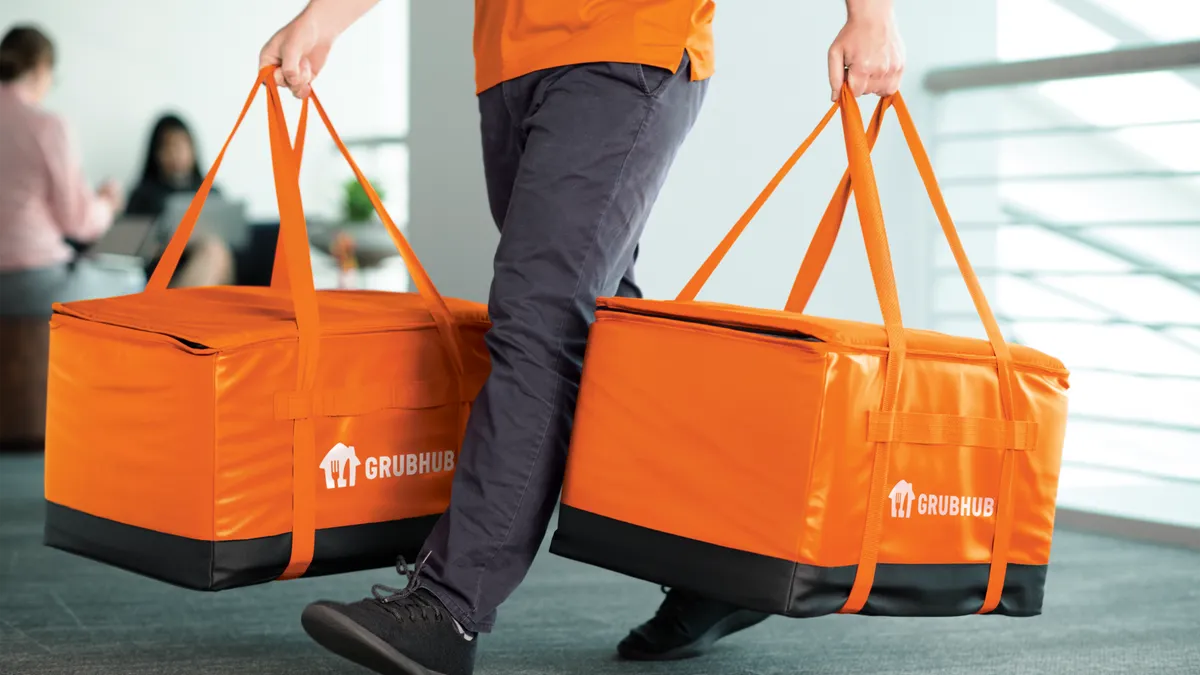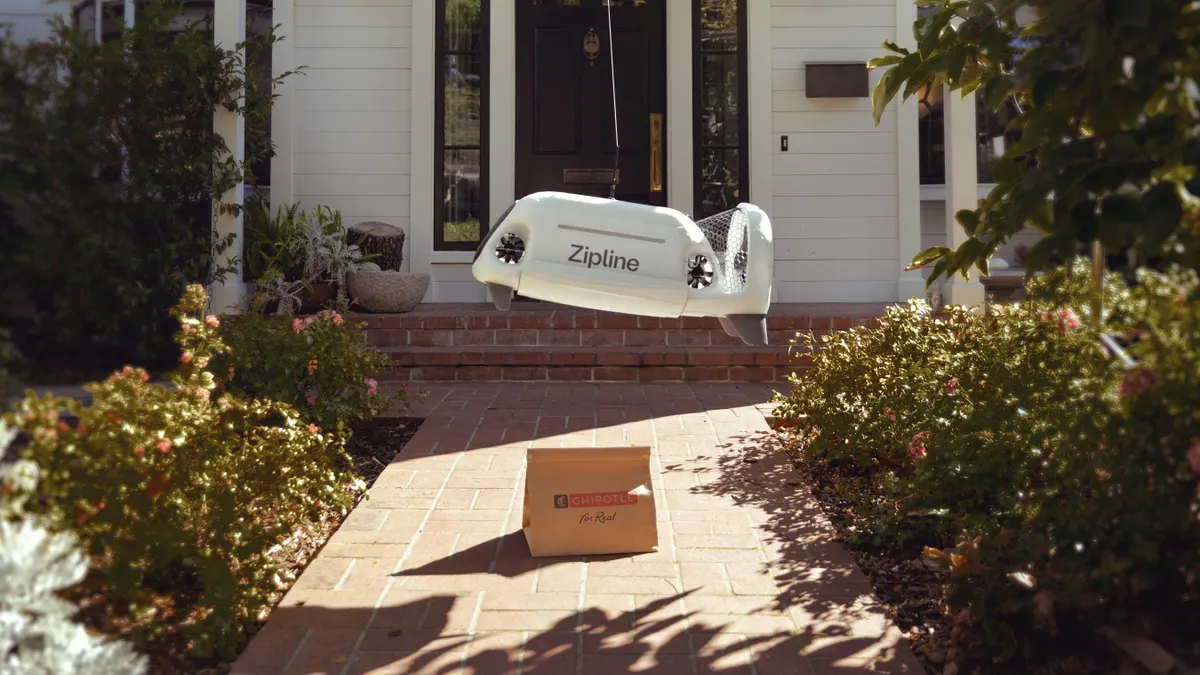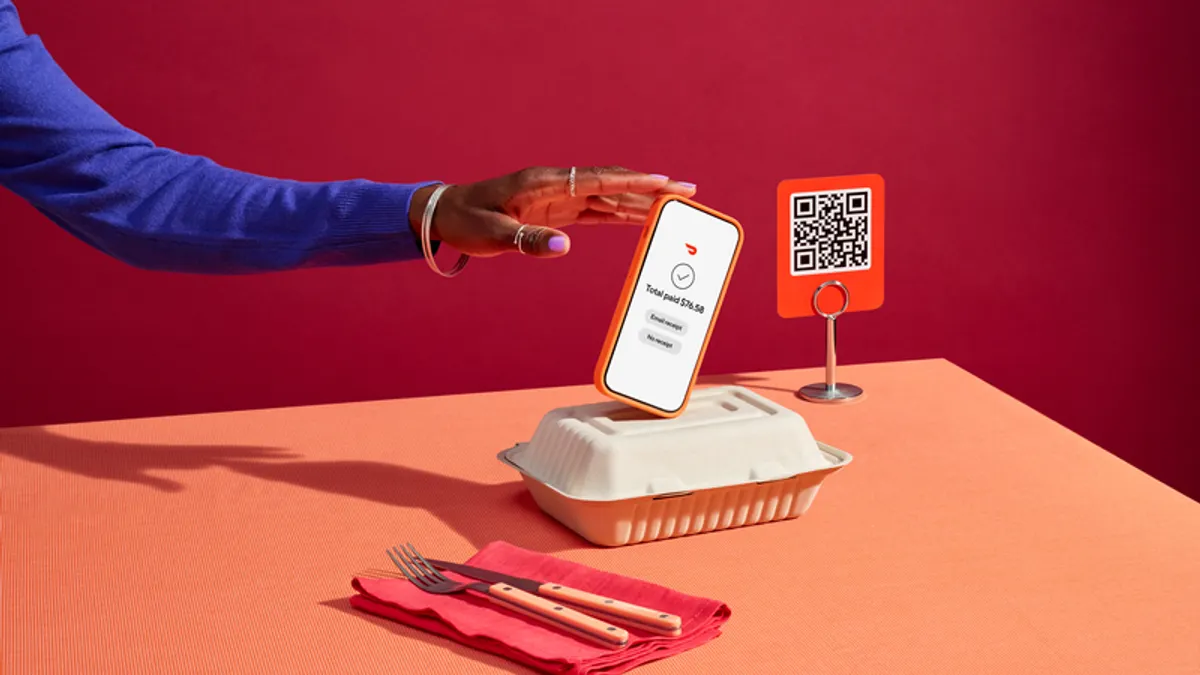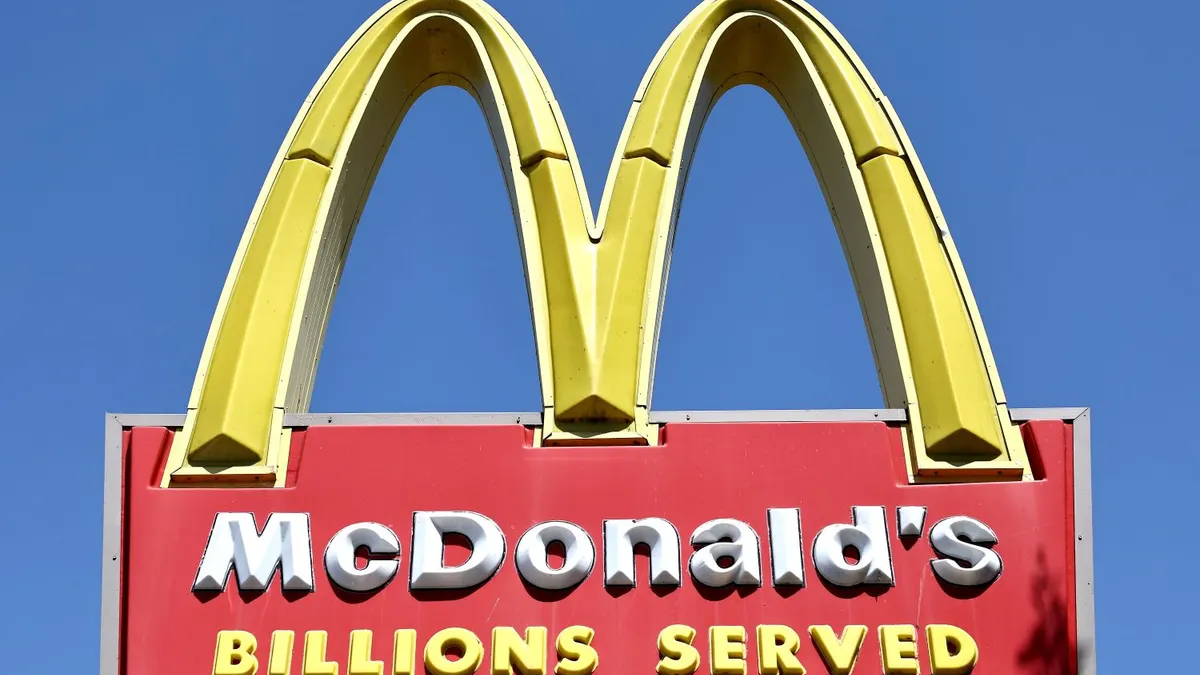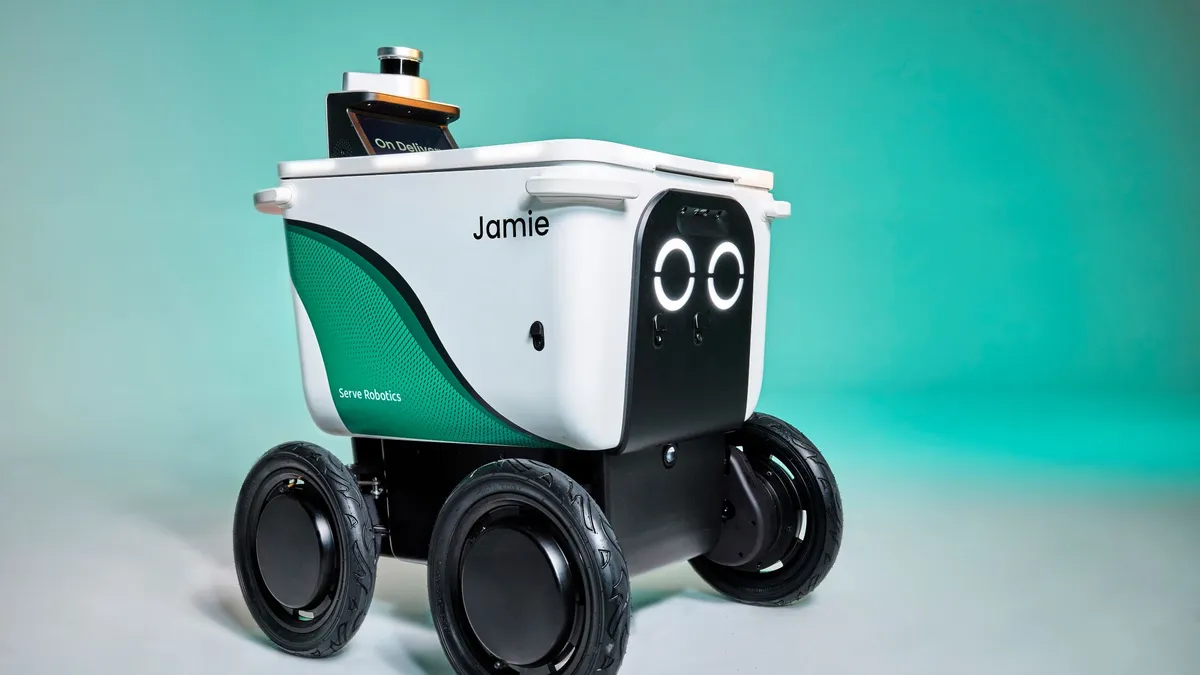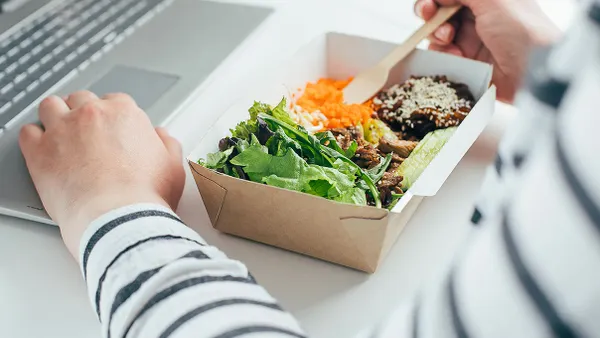This article is the third in a three-part series exploring how DoorDash has become the dominant third-party delivery aggregator in the U.S.
Earlier this year, DoorDash closed its biggest acquisition to date: an $8 billion buyout of Finland-based food delivery company Wolt. Not only did this immediately expand it into Europe via Wolt’s 27 existing markets, but it will also provide additional opportunities to enter new countries.
“We're also very excited about our opportunity to grow outside of America,” said Andy Fang, chief technology officer and co-founder of DoorDash. “We’re really excited about our partnership with [Wolt].”
While the company has expanded into a handful of countries, including Canada, New Zealand and Australia in recent years, market penetration in international marketplaces is still low. Infrastructure to support omnichannel business is less developed than in the U.S., executives said in the company’s Q3 2022 shareholder letter. DoorDash’s focus going forward will be to expand into new cities, add selection and build out new services. New customer acquisition in countries Wolt operates in, as well as other nations, reached an all-time high recently, according to the shareholder letter.
About a decade after DoorDash was established in Palo Alto, California as a restaurant delivery company, it has expanded into new verticals and is plotting international growth. But expansion outside of the U.S. will come with competitive pressures. The company will also face ongoing economic challenges and competition in the U.S. as it looks to grow domestically.
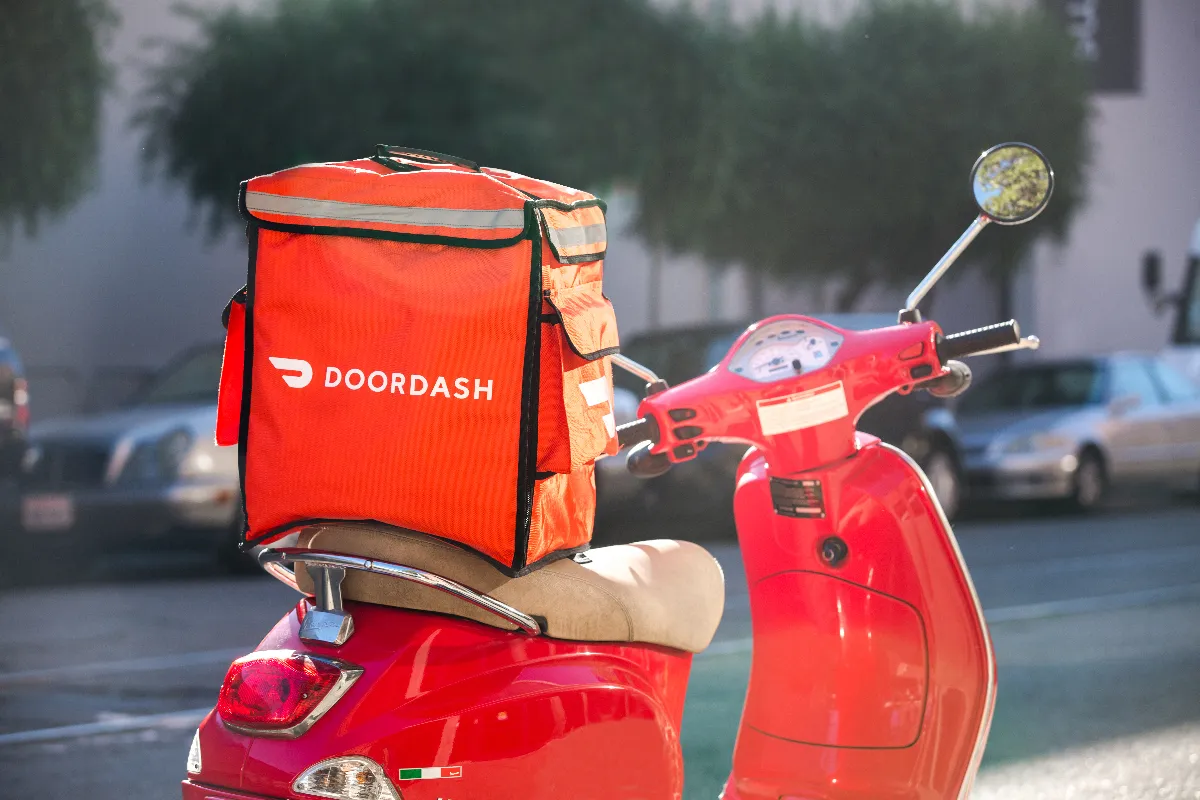
International success isn’t a given
International expansion can be very difficult, said Michael Schaefer, head of beverages and foodservice research at Euromonitor International. Aggregators are pushing to be the biggest companies by market share in a given region, which is an expensive undertaking. Entering an established market with well-known competitors requires a lot of promotions and advertising to drive awareness, he said.
In 2020, Uber Eats pulled out of a handful of markets, including India and eight other countries, because it wasn’t able to secure a top position in those areas.
“International expansion is important to DoorDash’s growth in the next 1-3 years,” Nicholas Cauley, analyst at Third Bridge, wrote in an email to Restaurant Dive. “This will be tough without strong brand awareness beyond North America and a lack of experience in international markets.”
Wolt has a strong presence in Scandinavia, some Baltic countries and in high-income markets that regularly use delivery, Schaefer said. There could be potential for the company to expand into grocery and convenience, as well, he said.
“There will be a lot of learning in terms of how to work internationally and how to work in markets where you have really strong labor protections, where you have a strong degree of unionization. Costs are going to be higher,” Schaefer said. He added, however, that Wolt has made its model work in Finland and other Scandinavian regions with robust labor protections.
During the third quarter, DoorDash’s international business grew marketplace gross order volume 50% year-over-year on a proforma basis, according to DoorDash’s shareholder letter. Wolt alone grew GOV by 37% year-over-year in U.S. dollars.
DoorDash is becoming a top contender for Uber Eats’ global market share due to its growth in Asia Pacific and its Wolt acquisition, Cauley said. But that doesn’t mean competition is any less fierce in the U.S.
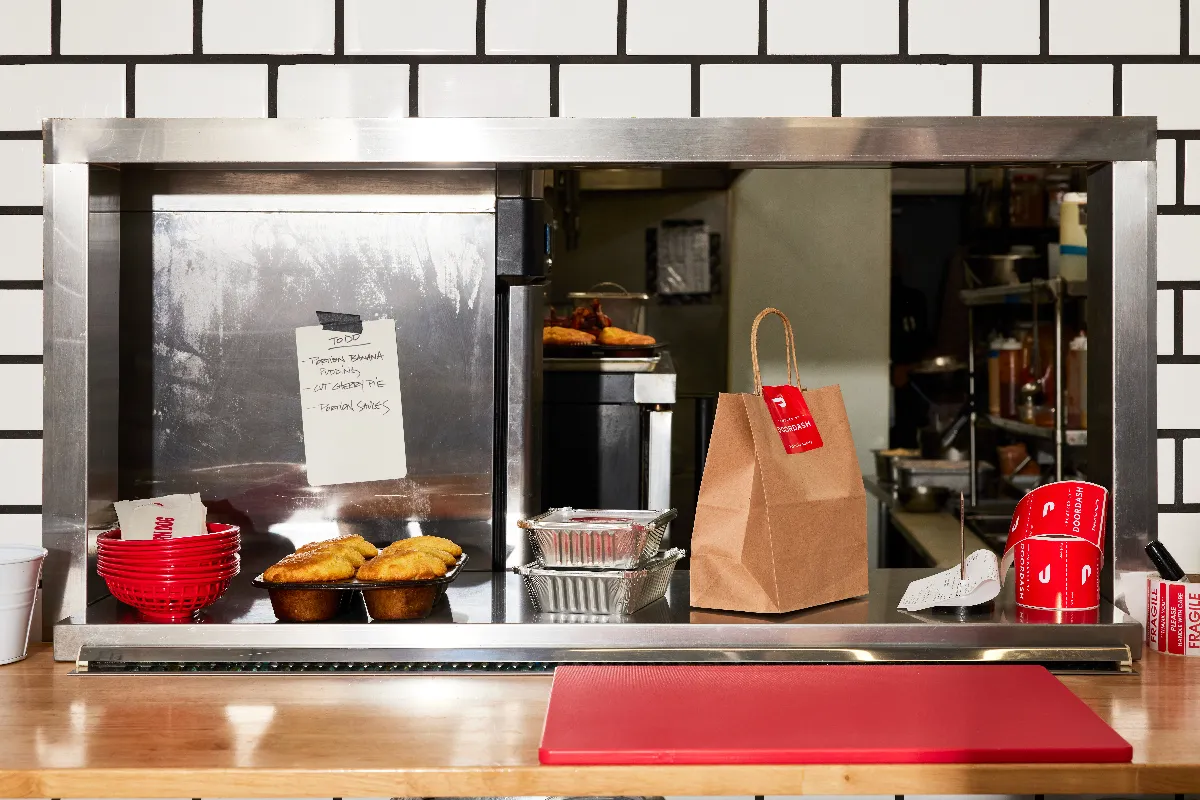
Competitive pressures not likely to ease
Even though DoorDash dominates the U.S. food delivery segment by market share, competition remains a headwind for the aggregator. Just as DoorDash has expanded into grocery and convenience, so too has Uber Eats. The rival platform revamped its grocery platform earlier this year to make the feature easier to use for customers, workers and retailers. Grubhub has also been pushing for more brand awareness, partnering with Amazon Prime in July to provide free Grubhub+ memberships to Prime customers for a year.
“It’s easy for customers to switch among most food delivery platforms,” Cauley said. “DoorDash can differentiate by expanding restaurant selections and exclusivity, which will ultimately make its loyalty program more successful. Our experts believe DoorDash is using this time to establish and grow partnerships, leading to accelerated growth once out of this downturn.”
DoorDash plans to continue its push with DashPass, said Tom Pickett, DoorDash’s chief revenue officer. It has about 10 million DashPass customers on the platform and 25 million overall monthly active users on DoorDash.
DashPass users are higher frequency, convenience-oriented consumers, Pickett said, adding that this is a very attractive consumer type for restaurants. The company will continue to find ways to add value to that program. In July, DoorDash launched its “Summer of DashPass” program that provided special events around DashPass, including 25,000 member-only offers worth about $40 million in savings.
All of the major delivery players have a subscription service of some kind. Uber’s point of differentiation is its ridesharing service and Uber One, but that is fairly new. Uber One is a monthly subscription, similar to DashPass, that offers members $0 delivery, 5% off rides and 10% off delivery orders for a $9.99 monthly fee. As of the end of the third quarter, Uber One had over 10 million members globally, Uber executives said during a November earnings call.
“Uber One is a key differentiator and significant profit driver, and Uber Eats needs to utilize more strategic partnerships if it is to win over competing subscription offerings,” Cauley said.
Even with this new program, Schaefer said it’s unlikely Uber Eats will grow share beyond big cities like New York City and Los Angeles, where it has a strong presence. Grubhub also has a strong presence in Chicago. While DoorDash leads the way in some cities, the size of the gap nationally versus regionally suggests that DoorDash simply has much broader coverage across the country, Schaefer said.
If ridesharing hasn’t already helped grow Uber Eats share in a particular market already, Schaefer said he’s skeptical that there is much more runway for Uber Eats to slough off 10% or more share from DoorDash.
“There aren’t many features beyond rideshare that other players can add that DoorDash can’t also add,” Schaefer said. “Everyone is looking into selling groceries and convenience items and doing white label delivery. Everyone has tried exclusive agreements with the biggest players in one form or another to varying degrees of success and profitability.”
“I’m not sure what lever an Uber can pull to really gain significant share [in the U.S.] vis-à-vis DoorDash at this point,” Schaefer said.
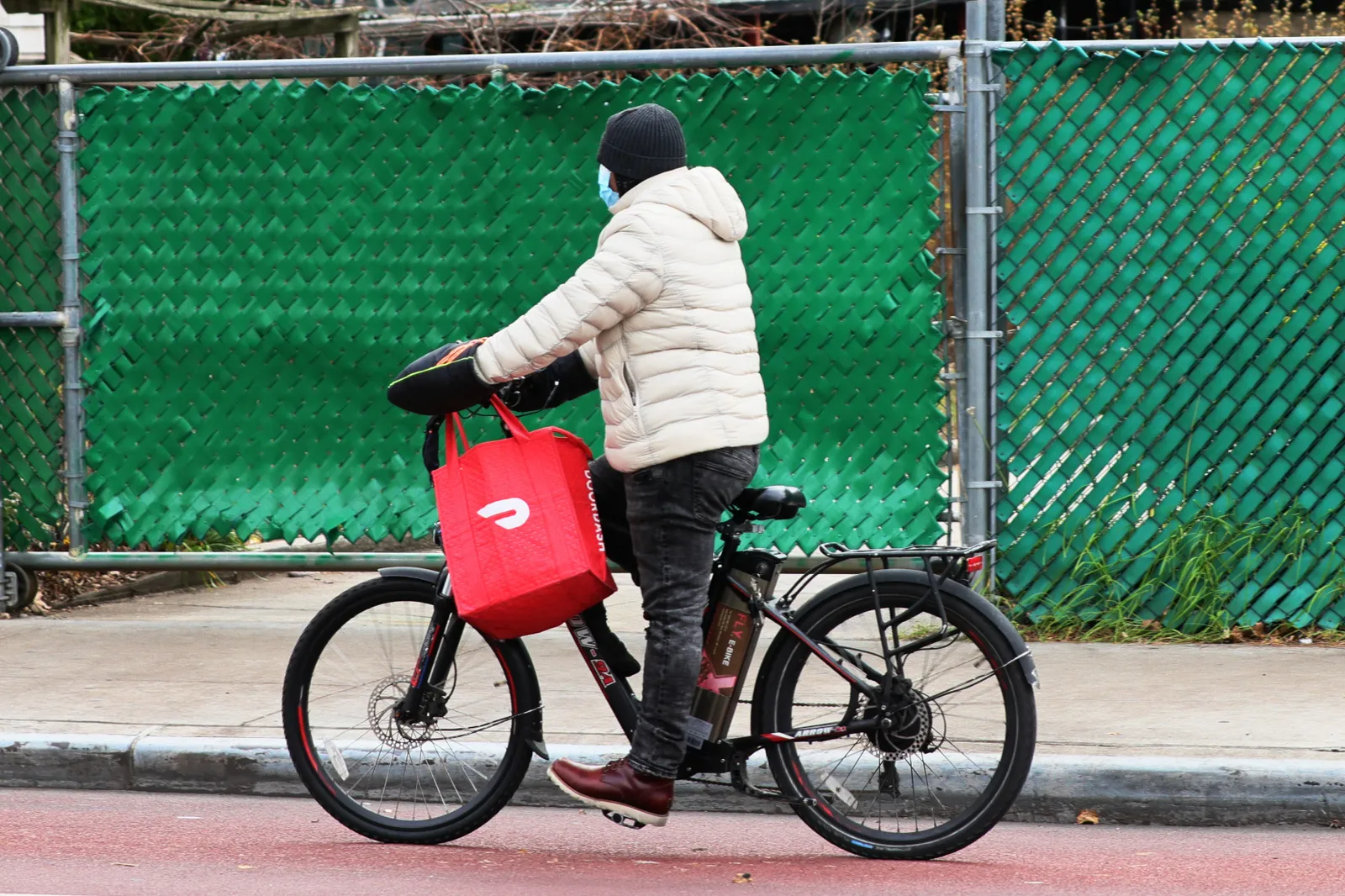
Impact of economic conditions
DoorDash’s rapid growth hasn’t come without costs. This week, the company laid off 1,250 employees out of its 20,000 member global corporate workforce. Tony Xu said in a letter to employees on its website that the company hired too quickly during the COVID-19 pandemic, because of rapid growth due to increased demand.
“Our business has been more resilient than other ecommerce companies, but we too are not immune to the external challenges and growth has tapered vs our pandemic growth rates,” Xu said in the letter. “While our business continues to grow fast, given how quickly we hired, our operating expenses — if left unabated — would continue to outgrow our revenue.”
Even though inflation is easing, rising costs continue to pressure consumers as well. The number of items customers add per order might go down, or people might be a little more cautious in that regard, but overall order volume thus far has remained relatively strong, Schaefer said.
“I think this is partly why we’re seeing such a move into groceries, the idea that maybe this could be a little more durable in case of a really strong recession or continued inflation with recessionary conditions,” Schaefer said.
Delivery is relatively expensive in the U.S., which is another challenge, especially as other costs keep rising. While Schaefer doesn’t expect people to order 25% fewer items a week, order size could decrease.
“Our experts expect the food delivery industry to face a steady fall in customer order rates and average order value over the next 12 months as customers cut back on discretionary spending and use dining out as an affordable family experience,” Cauley said. “Meanwhile, a general dissatisfaction across the gig economy around pay-per-delivery is increasing operating costs.”
For drivers, one of the biggest complaints is expenses, specifically high fuel prices, Schaefer said. The delivery apps have tried to mitigate that cost to varying degrees of success through group buying plans where drivers can get discounts with a company credit card.
Being the biggest delivery company in the U.S. also helps with retention. Adding more merchants up and down the block also helps not just DoorDash, but also delivery drivers who have more destinations closer together, reducing the time between orders, Schaefer said. More pickups per hour would mean drivers could make more money.
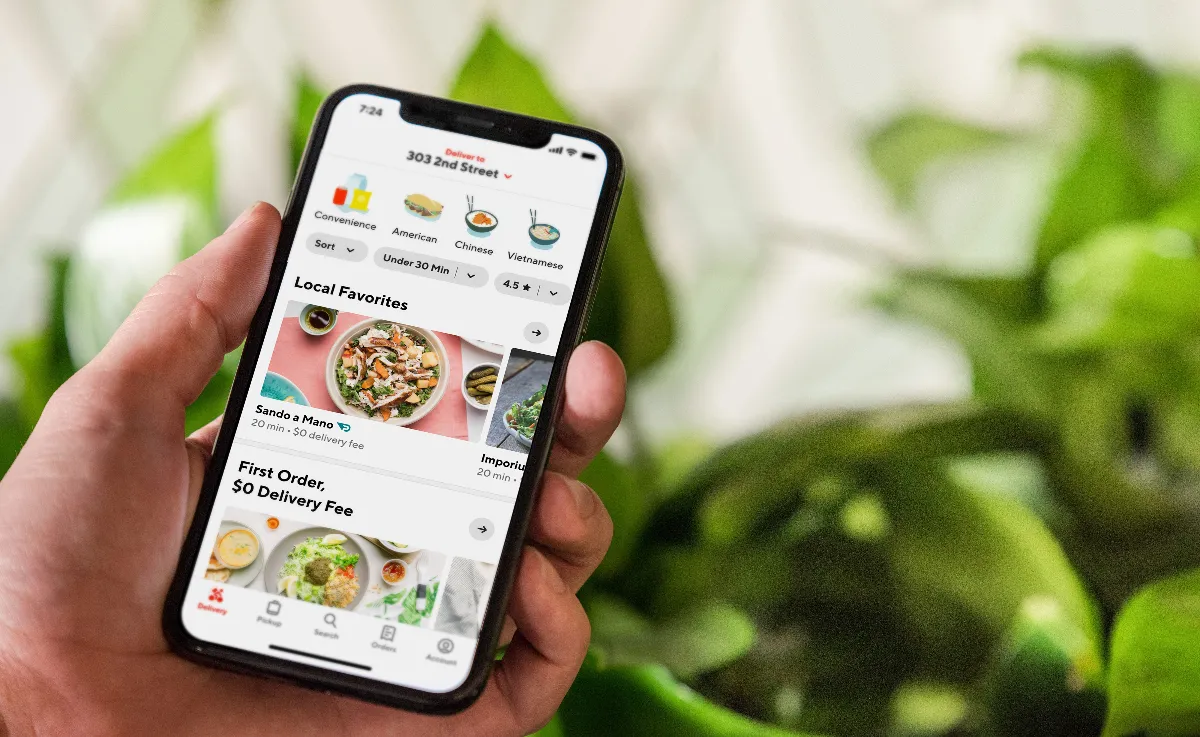
Restaurants could shift focus
Even as DoorDash expands its driver base and merchant partners, the labor shortage could push restaurants to prioritize on-premise dining over food delivery, which could lead to longer wait times and lower-quality delivery, Cauley said.
“In this era we’re in right now where everyone’s trying to do a bit of everything is clearly showing a lot of strain,” Schaefer said. “I think inflation could drive more efforts to differentiate.”
While some restaurants focus on dine-in experiences, others may focus instead of optimizing their business around delivery and how best to accommodate delivery surcharges, Schaefer said.
Schaefer expects there will be more operators on DoorDash that focus on delivery and pickup, similar to a Domino’s Pizza model, but restaurants that are focused more on dine-in could partner with DoorDash for to-go orders.
Third-parties will also get into more advertising, including paid placement, which features paying restaurants higher in search results, Schaefer said.
Eat-in restaurants could use a platform like DoorDash for restaurant discovery. In the U.S., consumers have access to many digital restaurant discovery platforms, such as Yelp or Eater. In other countries like Germany, and nations in Northern Europe, delivery apps are used as a channel for discovery of new restaurants and not just a specific type of item, like wings, Schaefer said.
“Securing a greater portion of restaurant market spend is going to become a bigger and bigger priority for lots of these delivery apps,” Schaefer said.
In restaurants, servers will try to sell wine or a cocktail because they are highly profitable items, but it’s harder to do that with delivery. Encouraging customers to fill out their orders with a beverage is another area that is in the early stages, but could hold potential, Schaefer said.
One way to boost orders and restaurant spend could be by creating a way for restaurants to upsell items. One of DoorDash’s original restaurant partners, Oren’s Hummus, which still works with it today, has suggested that it would be helpful to upsell items at a restaurant, said Mistie Boulton, CEO of Palo Alto, California-based Oren’s Hummus. Through Double Dash, consumers can add items from another merchant, like 7-Eleven. The platform could suggest a bottle of wine, dessert or drink that the customer didn’t order from the restaurant.
In the past, delivery platforms have been mostly focused on how to attract partners to their platforms instead of optimizing ticket growth, Schaefer said.
“I think that’s changing. All the apps are under immense pressure to show profitability, to show more path to profitability, to grow the bottom line, not just the top line,” Schaefer said.



